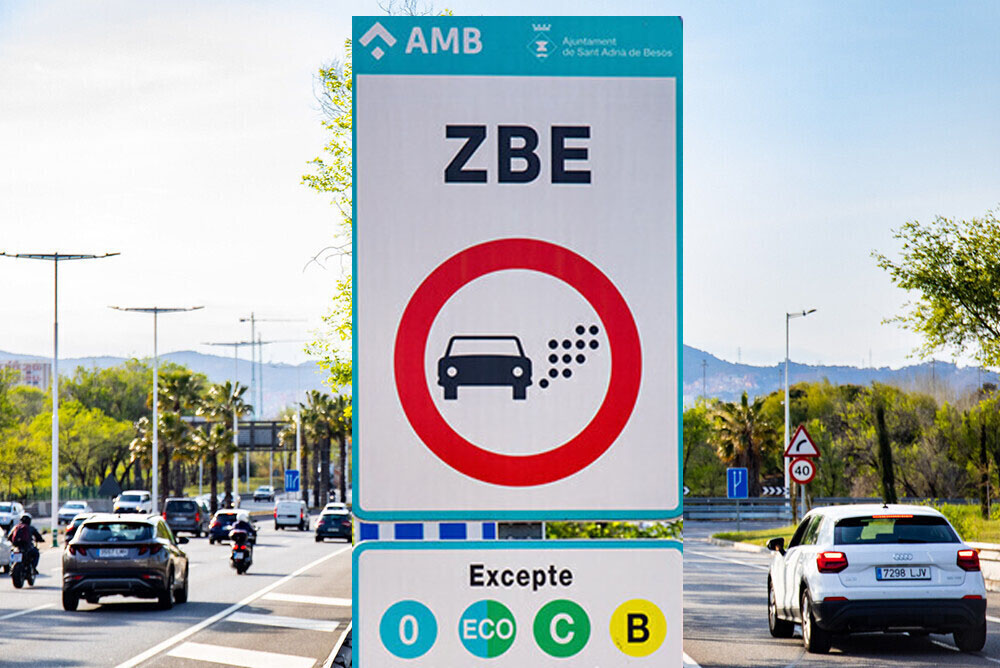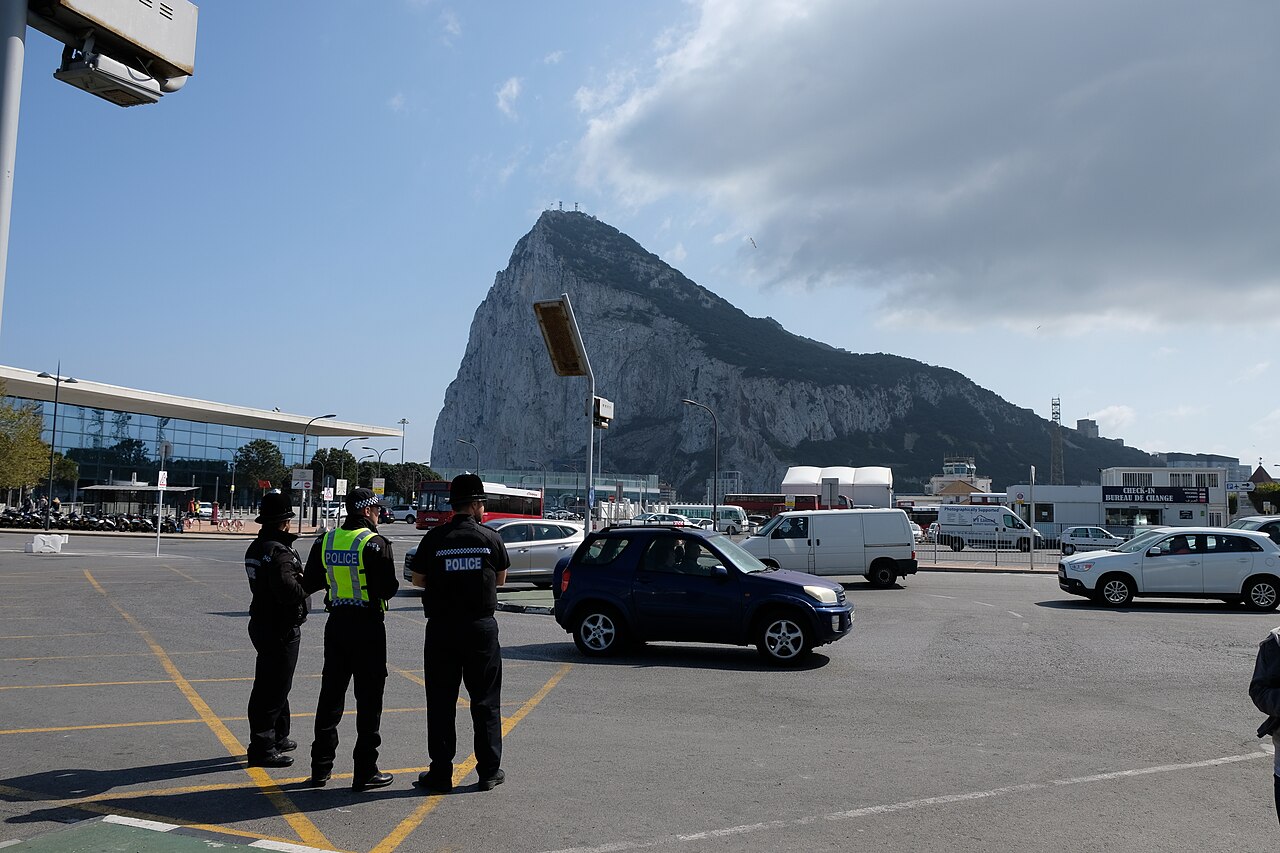Estepona, Spain, has taken a momentous step towards a greener and more sustainable future by introducing a comprehensive set of regulations aimed at revolutionizing the town's transportation system. These regulations are designed to promote eco-friendly transport alternatives and restrict the entry of highly polluting vehicles into the town center.
Last year, the Spanish government announced that all areas with over 50,000 residents must adopt urban mobility sustainability plans by 2023. However, many regions have been slow to act on this directive.
Estepona's pioneering initiative will be implemented in three progressive phases:
Immediate Measures (2023): Starting later this year, only vehicles displaying an environmental sticker will have access to the town center between 8 am and 9 pm. This initial step forms the foundation for a cleaner and healthier urban environment.
2024 Vision: In 2024, Estepona will take an even bolder step by permitting only vehicles with a Directorate-General for Traffic (DGT) B sticker to enter the town center. This move will significantly decrease emissions and create a more sustainable hub.
Looking Ahead to 2025: By 2025, Estepona will tighten its grip on pollution even further by regulating vehicles with a DGT C sticker. This marks the culmination of the town's ambitious plan to promote clean mobility.
The designated Low Emission Zone will cover an extensive area of 600,000 square meters, including the historic heart of Estepona. Surrounded by notable landmarks such as Avenida Andalucía, Tajo and Pilar de Farinós streets, Avenida de San Lorenzo, and the seafront, this zone represents a significant stride towards a cleaner and healthier town center.
The Estepona town hall emphasizes that these regulations are specifically designed to ensure smooth traffic flow along Avenida Andalucía and Avenida San Lorenzo, guaranteeing mobility within the municipality.
It is worth mentioning that certain exemptions apply, such as vehicles registered in Estepona, loading and unloading vehicles, vehicles accessing public car parks, and those heading to hotels. These measures showcase Estepona's unwavering commitment to sustainability while preserving essential services.







Comments